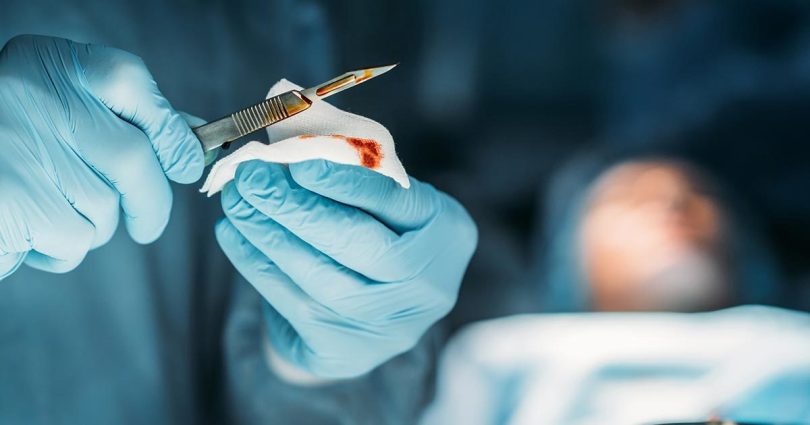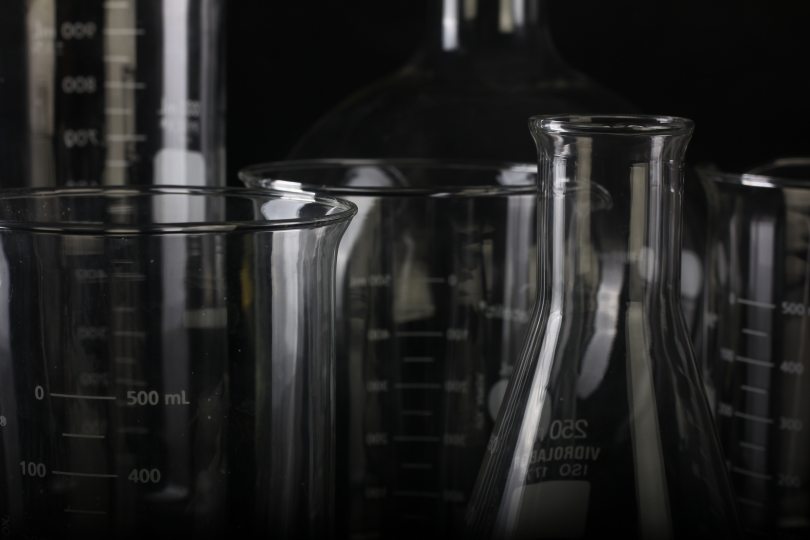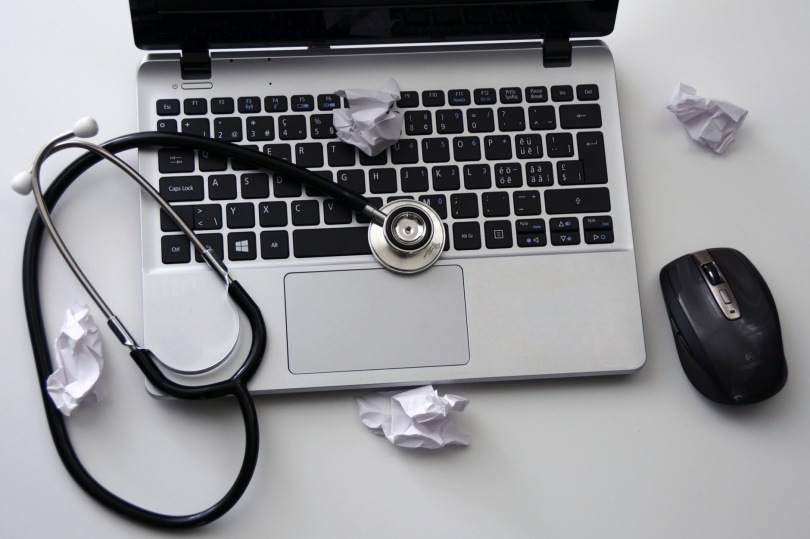Obligatory disclaimer: We at TRC take safety seriously. We are not medical professionals. We do not encourage the act of cutting and/or blood drinking. In no way is this article an attempt at downplaying the serious nature of such an undertaking. Please be aware that blood-letting is intrinsically dangerous and carries with it some severe risks that can negatively affect all parties involved. Hazards and related complications include, but are not limited to, the transmission of blood-borne pathogens, permanent bodily / mental harm, social discomfort / stigma, legal damages / repercussions, and in extreme cases, potential mortality. By utilizing any of this information, you agree to and assume 100% of the risks and liabilities involved.
You know what you need, but where do you start?
Sliding a blade through someone’s skin is a daunting concept to entertain, especially when it may harbor some potentially discomforting visceral imagery and inclination. Many of us, in fact, have gone through persistent, formidable bouts of self scrutiny / objection, cognitive dissonance, despair and guilt over it, yet none can deny the fact that there are few other ways to actually get what we need. Coming to terms with this part of ourselves and what it entails is extremely important, both for peace of mind and general health. It doesn’t have to be a dangerously unmanageable process and – this can’t be emphasized enough here – being cautious, alert, and well informed are crucial to that purpose. Being well informed about anatomy, physiology, and safety will help you get a decent bleed without accidentally maiming your donor in the process. Let’s be completely honest here: charging blindly into cutting for blood-letting purposes, like some proverbial bull in a china shop, is recipe for a probable disaster.
Read More »










